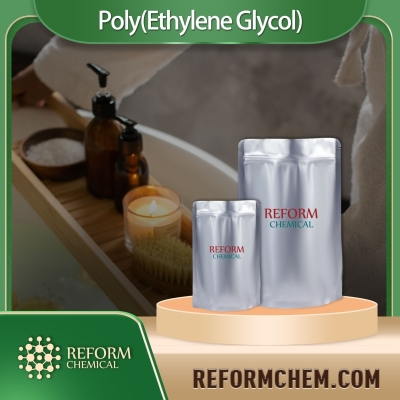-
Categories
-
Pharmaceutical Intermediates
-
Active Pharmaceutical Ingredients
-
Food Additives
- Industrial Coatings
- Agrochemicals
- Dyes and Pigments
- Surfactant
- Flavors and Fragrances
- Chemical Reagents
- Catalyst and Auxiliary
- Natural Products
- Inorganic Chemistry
-
Organic Chemistry
-
Biochemical Engineering
- Analytical Chemistry
-
Cosmetic Ingredient
- Water Treatment Chemical
-
Pharmaceutical Intermediates
Promotion
ECHEMI Mall
Wholesale
Weekly Price
Exhibition
News
-
Trade Service
According to Vertical Systems Group, fiber optic connections in large commercial buildings in the United States reached 54.
8%
in 2017.
The fiber gap in the United States fell to 45.
2%
for the first time.
The figure quantifies the range
of buildings with fiber optic connections with more than 20 employees in the United States.
The commercial building base covers more than 2 million independent commercial establishments and maps directly to addressable markets
for high-speed carrier Ethernet, cloud, data center, hybrid VPN, and emerging SDN services.
In the same period last year, the proportion of commercial buildings connected by fiber in the United States was 49.
6%.
A fiber-optic connected building is defined as a commercial site or data center with a network fiber-optic connection to the network infrastructure of the basic industrial enterprise, and the service terminal equipment
in the field.
Vertical Systems Group data analysis excludes stand-alone cell towers, small cells without fiber connectivity, HFC-connected buildings, operators' central offices, residential buildings, and private dark fiber installations
.
Rosemary Cochran, head of Vertical Systems Group, said: "Since we initiated this study in 2004, fiber optic connections
were added to more commercial buildings commercialized in the U.
S.
in 2017.
The number of new fiber connections increased in every building size segment, with the most significant
increase for medium-sized locations.
This deployment will continue to accelerate, as fiber is both a strategic asset for the provision of cable service services and a necessity for
the realization of 5G.
”
According to Vertical Systems Group, fiber optic connections in large commercial buildings in the United States reached 54.
8%
in 2017.
The fiber gap in the United States fell to 45.
2%
for the first time.
The figure quantifies the range
of buildings with fiber optic connections with more than 20 employees in the United States.
The commercial building base covers more than 2 million independent commercial establishments and maps directly to addressable markets
for high-speed carrier Ethernet, cloud, data center, hybrid VPN, and emerging SDN services.
In the same period last year, the proportion of commercial buildings connected by fiber in the United States was 49.
6%.
A fiber-optic connected building is defined as a commercial site or data center with a network fiber-optic connection to the network infrastructure of the basic industrial enterprise, and the service terminal equipment
in the field.
Vertical Systems Group data analysis excludes stand-alone cell towers, small cells without fiber connectivity, HFC-connected buildings, operators' central offices, residential buildings, and private dark fiber installations
.
Rosemary Cochran, head of Vertical Systems Group, said: "Since we initiated this study in 2004, fiber optic connections
were added to more commercial buildings commercialized in the U.
S.
in 2017.
The number of new fiber connections increased in every building size segment, with the most significant
increase for medium-sized locations.
This deployment will continue to accelerate, as fiber is both a strategic asset for the provision of cable service services and a necessity for
the realization of 5G.
”







